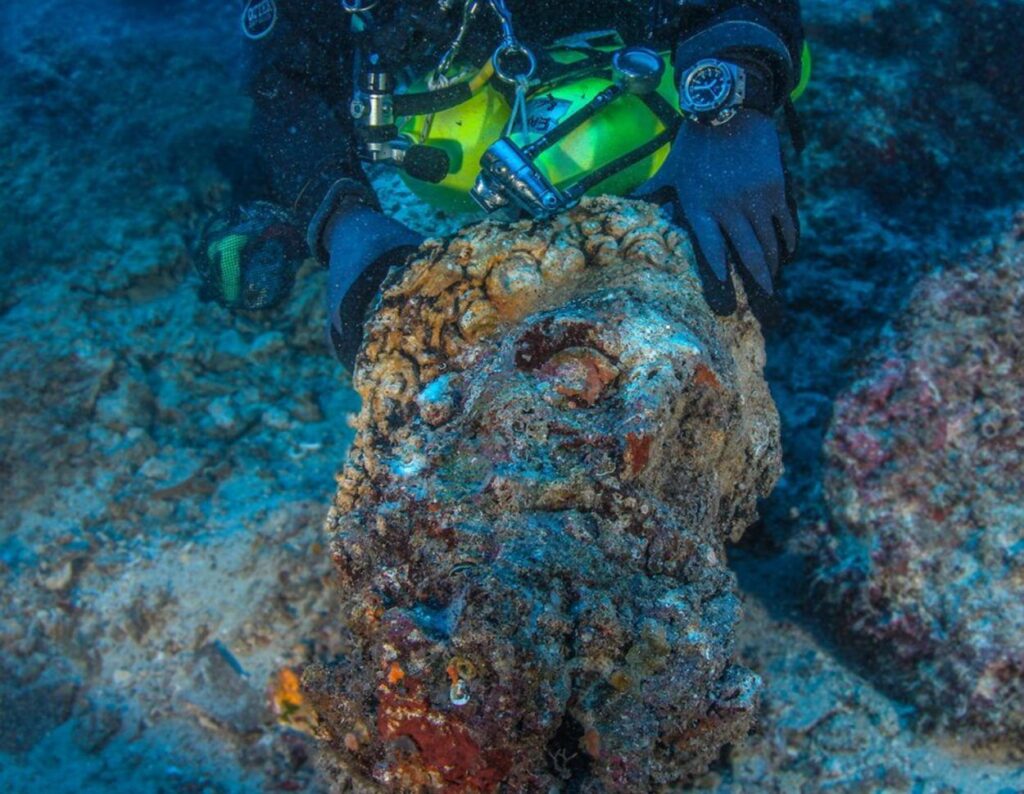
A team of experts excavating a shipwreck off the coast of Greece unearthed what archaeologists believe to be the marble head of a statue of Hercules from ancient Rome dating back about 2,000 years.
According to myth, Hercules needed to complete twelve heroic labors to be cleansed of sin and become immortal. But the finding tells us another story.
Greek divers discovered the shipwreck, considered one of the wealthiest shipwrecks, over a century ago, while gathering sponges near Antikythera, an island between mainland Greece and Crete. They believed that they had found dead people at the bottom of the ocean but subsequently learned that they had unearthed pieces of sculptures.
Please help us out :
Will you offer us a hand? Every gift, regardless of size, fuels our future.
Your critical contribution enables us to maintain our independence from shareholders or wealthy owners, allowing us to keep up reporting without bias. It means we can continue to make Jewish Business News available to everyone.
You can support us for as little as $1 via PayPal at [email protected].
Thank you.
The wreck is estimated between 60 and 50 B.C., while its cargo dates from the 4th to the 1st century B.C. The cargo research will examine the circulation and commerce in the East Mediterranean from the perspective of the growing Roman elite’s aesthetic tastes at the Hellenistic period’s conclusion and the beginning of the Roman democratic period.
The ship was buried under rocks weighing as much as 8.5 tons deposited by an earthquake. Ropes attached to pressured airbags, like underwater balloons, were used to elevate the boulders and disclose previously concealed parts of the debris.
There was lying twice-life-size head of a guy with a beard covered in marine deposits that were being removed to repair the item.
Among the artifacts discovered in Antikythera over the years was a device used for navigation and astronomy; some researchers have even referred to it as “the first computer.” Managing these devices has proven to be a hard task.
Brendan Foley, a former researcher on the site who is now an archaeology professor at Lund University in Sweden, speculated that there could be additional life-size sculptures from the wreck, which he believes occurred around 65 B.C., when “this massive ship crashed into the cliff and sank into the steep slope.” He added that he had anticipated the discovery of some of the most recent archaeological riches, including the head of “Herakles,” based on other finds made in 2017.
Divers unearthed six bronze arms and a portion of what became known as the Antikythera mechanism around the turn of the twentieth century. In 2017, they uncovered a seventh arm and another component of the apparatus, which they believe was used to track astronomical movements.
At the conclusion of the project in 2025, the team intends to publish “Return to Antikythera.” However, they believe that there is much more to discover in the shipwreck.




